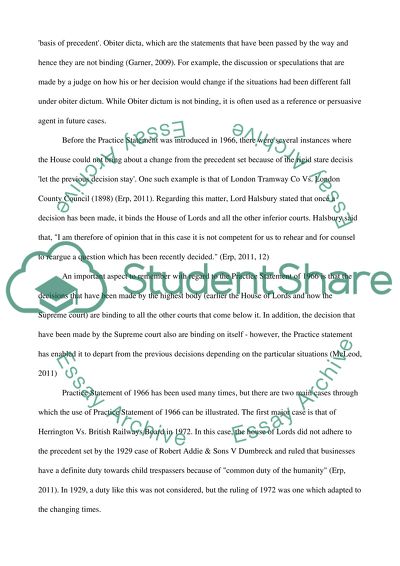Cite this document
(“Critically assess whether the UK Supreme Court's approach to the use Essay”, n.d.)
Critically assess whether the UK Supreme Court's approach to the use Essay. Retrieved from https://studentshare.org/law/1458109-critically-assess-whether-the-uk-supreme-court-s
Critically assess whether the UK Supreme Court's approach to the use Essay. Retrieved from https://studentshare.org/law/1458109-critically-assess-whether-the-uk-supreme-court-s
(Critically Assess Whether the UK Supreme Court'S Approach to the Use Essay)
Critically Assess Whether the UK Supreme Court'S Approach to the Use Essay. https://studentshare.org/law/1458109-critically-assess-whether-the-uk-supreme-court-s.
Critically Assess Whether the UK Supreme Court'S Approach to the Use Essay. https://studentshare.org/law/1458109-critically-assess-whether-the-uk-supreme-court-s.
“Critically Assess Whether the UK Supreme Court'S Approach to the Use Essay”, n.d. https://studentshare.org/law/1458109-critically-assess-whether-the-uk-supreme-court-s.


